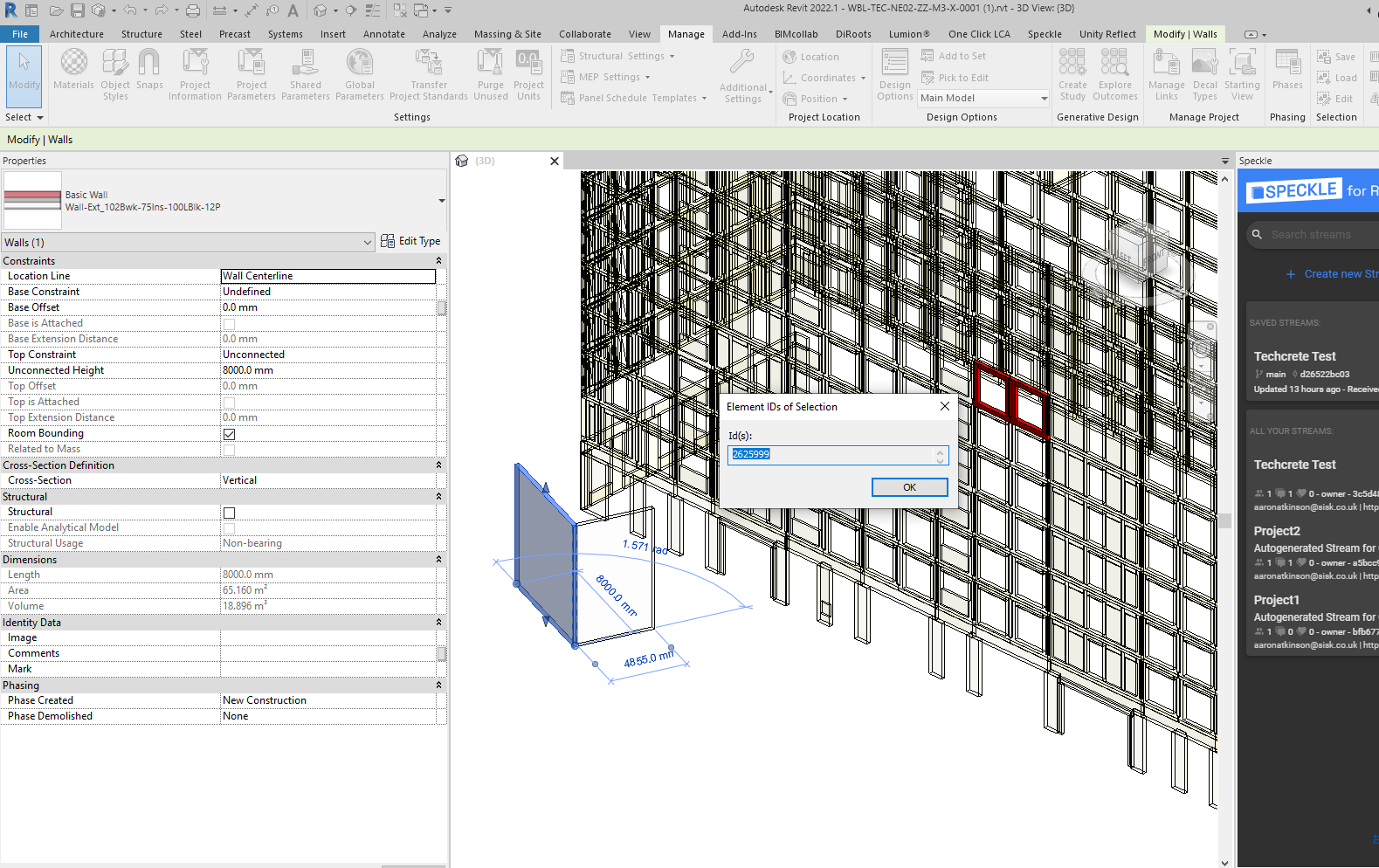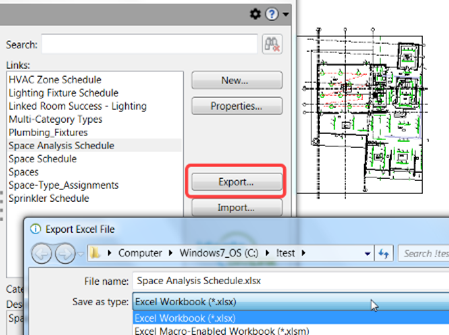Grasping the Art of Information Integration: Just How to Seamlessly Import Excel Files Into Revit
Are you having a hard time to import Excel documents into Revit efficiently? Look no more! In this short article, we will certainly lead you through the process of understanding the art of data integration. Discover the value of smooth integration in Revit and check out the Excel documents layout for Revit integration. Prepare to prepare your Excel information effortlessly and follow our step-by-step guide to import data right into Revit. With our ideal practices, you'll accomplish information assimilation success in no time. Let's start!
Comprehending the Significance of Data Combination in Revit
Comprehending the value of information combination in Revit is vital for smooth importing of Excel documents. When you incorporate information from Excel into Revit, it enables you to effectively update and manage info throughout the entire project. This integration guarantees that your style and construction process is exact and current.
By integrating information, you can quickly import and update parameters, timetables, and also geometry in Revit. This gets rid of the need for hand-operated information entrance, saving you time and lowering the danger of errors. With Revit's data assimilation abilities, you can maintain uniformity and precision in your project, while additionally enhancing collaboration amongst employee.

Discovering the Excel Documents Layout for Revit Assimilation

In order to successfully incorporate Excel data into Revit, it is crucial to ensure that the information is formatted properly. This includes effectively classifying columns and rows, as well as structuring the information in a manner that works with Revit's information schema. Revit utilizes specific criteria and classifications to organize information, so it is essential to align the Excel information with these parameters to make certain a seamless integration.
Furthermore, it is essential to keep in mind that Revit only supports specific data kinds when importing from Excel. These include message, numbers, and dates. Any type of other information kinds, such as formulas or conditional format, will not be identified by Revit and may create problems throughout the assimilation procedure.
Preparing Your Excel Information for Seamless Import Into Revit
To ensure a smooth assimilation process, you'll require to correctly layout and tag the columns and rows in your Excel information prior to importing it right into Revit. Since it permits Revit to accurately translate and arrange your information, this step is vital. Beginning by examining your Excel data and recognizing which columns and rows consist of pertinent information for your Revit job. Make certain to label each column with a clear and descriptive header. This will certainly aid you and others easily understand the function of each column and prevent complication throughout the import process.
Next, guarantee that the data in each column is correctly formatted. For instance, if you have a column for dimensions, see to it that all dimensions are regularly formatted in the same devices of dimension. Revit relies upon consistent formatting to accurately analyze and import information.
In addition, it is vital to examine for any type of empty cells or disparities in your data. Revit may not have the ability to review or import information from cells that are empty or include errors. Therefore, it is advised to assess your Excel information and clean up any incongruities prior to importing it into Revit.
Step-By-Step Overview to Importing Excel Data Into Revit
Once you have actually appropriately formatted and identified your Excel data, you can conveniently import it into Revit by following this step-by-step overview. To begin, open Revit and browse to the "Insert" tab. Click on "Import CAD" and select "Import Excel" from the dropdown food selection. A new home window will show up, asking you to find the Excel file you desire to import. Browse your computer system and choose the Excel file, after that click "Open."
Following, a dialog box will show up, allowing you to tailor the import settings. Right here, you can pick the worksheet you want to import, define the range of cells to import, and pick the appropriate systems for your information. When you have actually made your selections, click "OK" to proceed.
Revit will certainly now present a preview of your Excel data. Take a minute to review the sneak peek and ensure that whatever looks proper. If needed, you can make modifications to the import setups by clicking on the "Settings" switch.
Ideal Practices for Data Combination Success in Revit
Ensure you adhere to these best methods to make certain successful integration of data in Revit. It is crucial to organize your data in Excel before importing it right into More Bonuses Revit. This means making sure constant calling conventions, appropriate format, and exact information depiction. Next, utilize Revit's integrated devices for data mapping. This will certainly enable you to match the columns in your Excel file with the corresponding criteria in Revit. Be mindful of the information and units types when mapping the data, as any inconsistencies can bring about errors in the integration process.
Another important practice is to routinely validate and upgrade your information. As your job progresses, it is necessary to maintain your Excel documents as much as date with any adjustments made in Revit. This will certainly help maintain the precision and consistency of your data throughout both platforms. Additionally, make usage of information validation devices within Revit to determine any type of mistakes or disparities in the integrated data.
Finally, it is recommended to develop a clear workflow for information integration. This consists of defining duties and responsibilities, establishing a communication network between staff member, and establishing a normal cadence for information updates and reviews. By complying with these best methods, you can make certain a seamless and effective assimilation of data in Revit, eventually boosting the effectiveness and precision of your task.
Final Thought
In conclusion, mastering the art of data integration is important for seamless import of Excel files into i thought about this Revit. Comprehending the value of information assimilation in Revit is the initial action in the direction of effective combination.
When see this here importing information from Excel into Revit, it is essential to comprehend the file format and how it can affect the integration procedure (revit tools). Revit utilizes particular parameters and categories to arrange information, so it is crucial to line up the Excel data with these parameters to ensure a smooth assimilation
Be conscious of the data and devices types when mapping the data, as any disparities can lead to mistakes in the integration process.
In addition, make use of data recognition devices within Revit to determine any errors or variances in the incorporated information.
